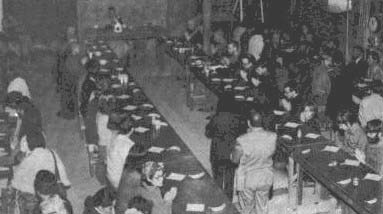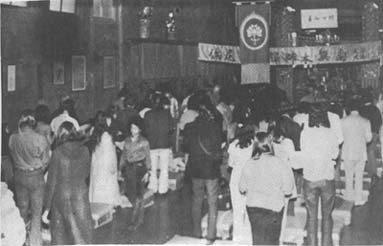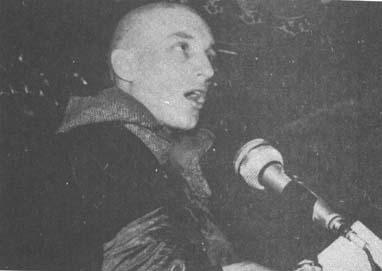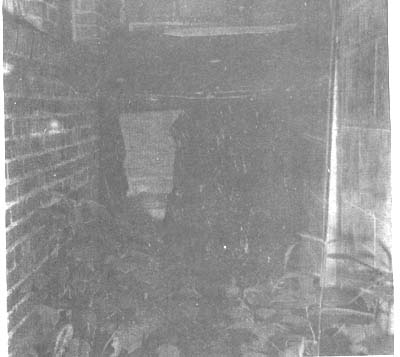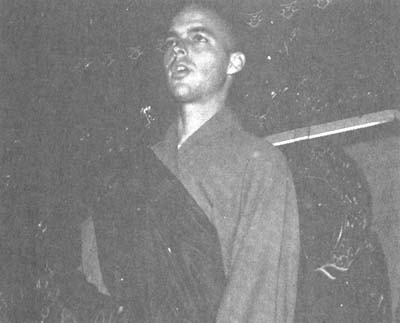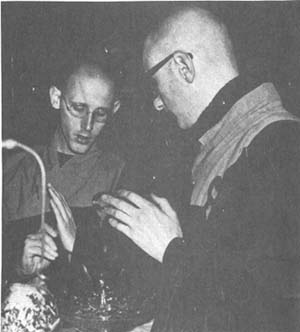|
The
next school, and perhaps the simplest to practice, requiring a very minimum
amount of study, is the Pure Land School, which stresses the recitation of the
name Amitabha Buddha. The Pure Land is presided over by the Buddha of Infinite
Light, and anyone with absolute faith in him will be reborn in the Western
Paradise. This school teaches the recitation of the Buddha’s name, and total absorption in recitation for maximum benefit and spiritual
evolution. The next school, and perhaps the finest and quickest method, stresses
intuitive insight into the nature of reality, saying that all words and logic
are self-defeating. The emphasis in this school is on the practice of meditation
with strict discipline through which one's Buddha nature can be realized. This,
of course, is the Ch'an School which we are all at this monastery engaged in.
I
spent some time in the water as a surfer. The ocean offers a very good example
of what meditation is, and what the purpose of meditation is. Anyone who has ever paddled on a surfboard, perhaps at the cliffs here,
has watched the ocean on a day when there's a wind, from a breeze even up to a
great gale, and has noticed that the water is a bit choppy. Now that chop could
be likened to false thoughts, which hamper one's mind. Perhaps one is engaged in
shaving, and thinking perhaps of driving to the market and getting some food,
cuts oneself, or becomes engaged in false thinking of various kinds and hacks
one's head up quite badly doing a very simple thing like shaving it. This is
because false thoughts are obstructing one's absorption in the action that he is
engaged in. So false thoughts are indeed a great hindrance, and one, which must
be overcome.
But
now the question is, and the problem is, how can one overcome these false
thoughts? Well, the idea is, as the ocean presents the ideal example, to bring
about one great wave in the mind. Anybody who has paddled out on a surfboard on
the north shore of Hawaii when it's twenty feet and crystal clear and the sun is
shining, bounces along on a surfboard until a great big wave comes from the
outside. He notices as he paddles up the face things are already leveling off,
and when he gets over the crest and onto the other side of the wave, behold, the
water is crystal smooth and he can see his original face quite clearly before
him, reflected in the golden sunlight with the coral reefs as a beautiful
backdrop. The idea of meditation is to absorb oneself in one thought: "Who
is being mindful of the Buddha?" Make this thought big enough to swallow up
all the small thoughts in the mind so you can be totally absorbed in whatever
action you are engaged in.
The
last aspect of Buddhism I will discuss is Tibetan Buddhism. This is also called
Tantric Buddhism or Lamaism. The practice consists of prayers, recitations,
special techniques, such as mudras and various other symbols for the practice of
meditation. The highest teaching is a doctrine called Mahamudra, which is known
as the yoga of the great symbol, but more correctly, the great attitude, which
is basically what one and all of us must develop in order to obtain an insight
into the nature of our being, the correct attitude toward everything that we do
every moment of our lives.
|
